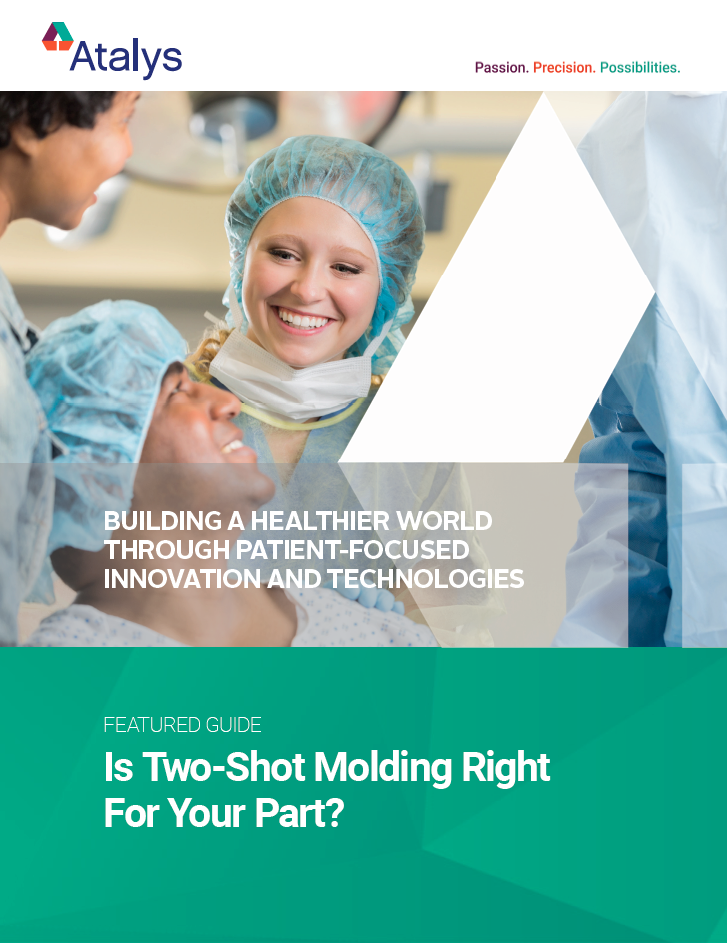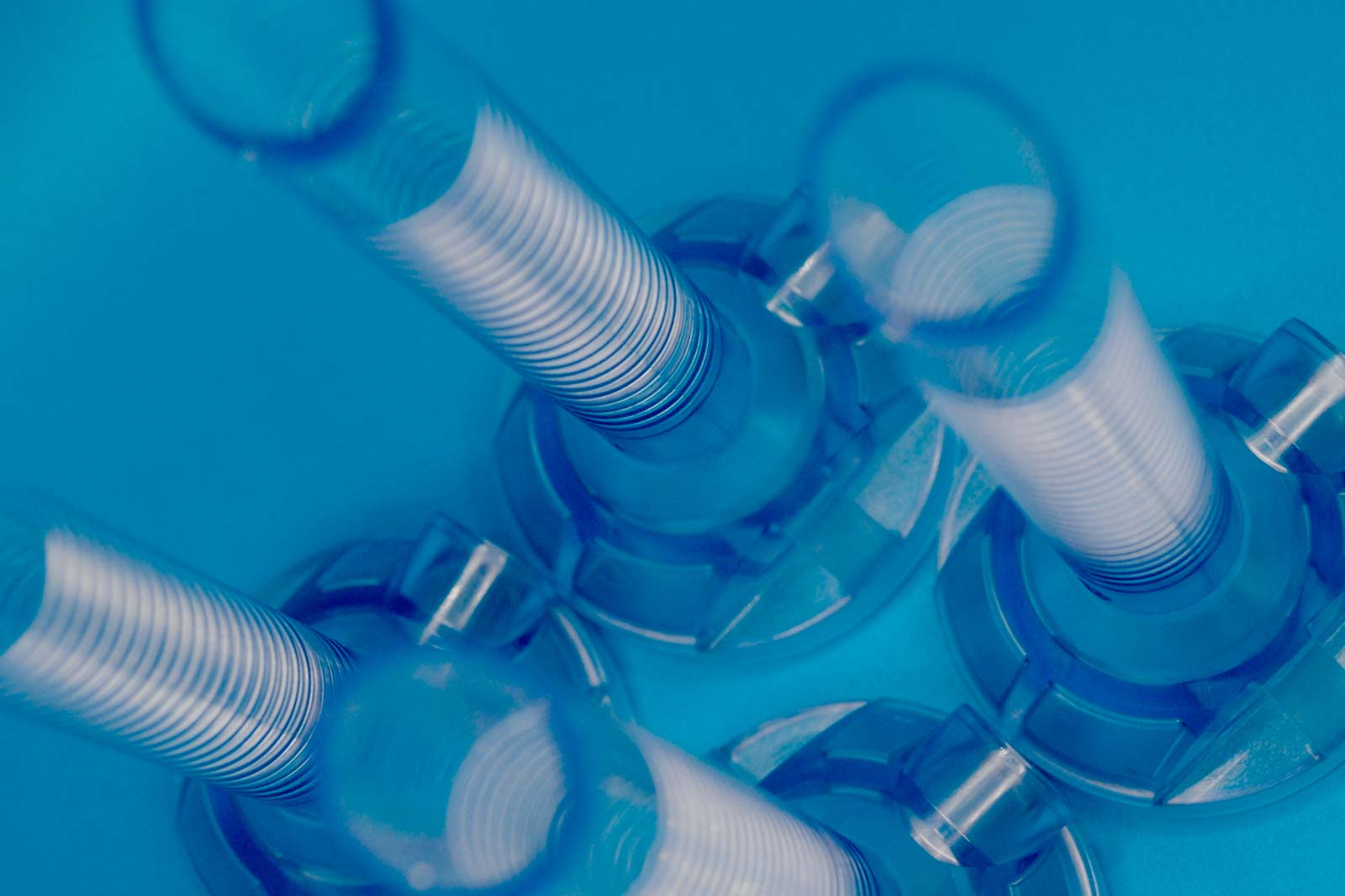FEATURED CONTENT
Is Two-Shot Molding Right for Your Part?
The medical device industry is known for its constant pursuit of innovation and technological advancements. One process that has gained prominence in recent years is two-shot plastic injection molding. It allows for the creation of complex parts in a single manufacturing step, in the process reducing assembly time and costs, as well as improving the aesthetics and functionality of the final product, and in the end improving patient outcomes. But is it right for your part?
Browse Our Latest Content
Long Cannula Cooling Challenge
A customer came to us with a cooling challenge involving a long cannula. The parts were coming off the press at high temperatures that rendered them unusable. As a short-term measure, the parts were kept longer in the mold to give them extra time to cool. This lengthened cycle times, however, and was far from sustainable. Find out how Atalys engineers came up up with a long-term, viable solution in this case study.
How do you know if what you have is a tough cooling problem?
At Atalys, we have developed a method for estimating the optimum cure time for each molding assignment. In essence, the model allows us to quantify the cooling challenge to be overcome, and enables us to determine the key parameters of the mold design that would be necessary if the desired cure time is to be achieved. Download the white paper to learn more.
EXPLORE AND LEARN MORE
Find Answers to Your Questions
Molding No Draft Tubes
Medical device parts with cylindrical shapes are traditionally designed to have tapers in both internal and external walls which facilitate easy ejection of the molded part from the tool without any issues. There are times, however, when a part’s required tolerances and/or function will not allow for it. This was the case with a customer who wanted a tubular component molded without drafts under strict tolerances. Could the part be molded without any drafts? Find out in this case study.





